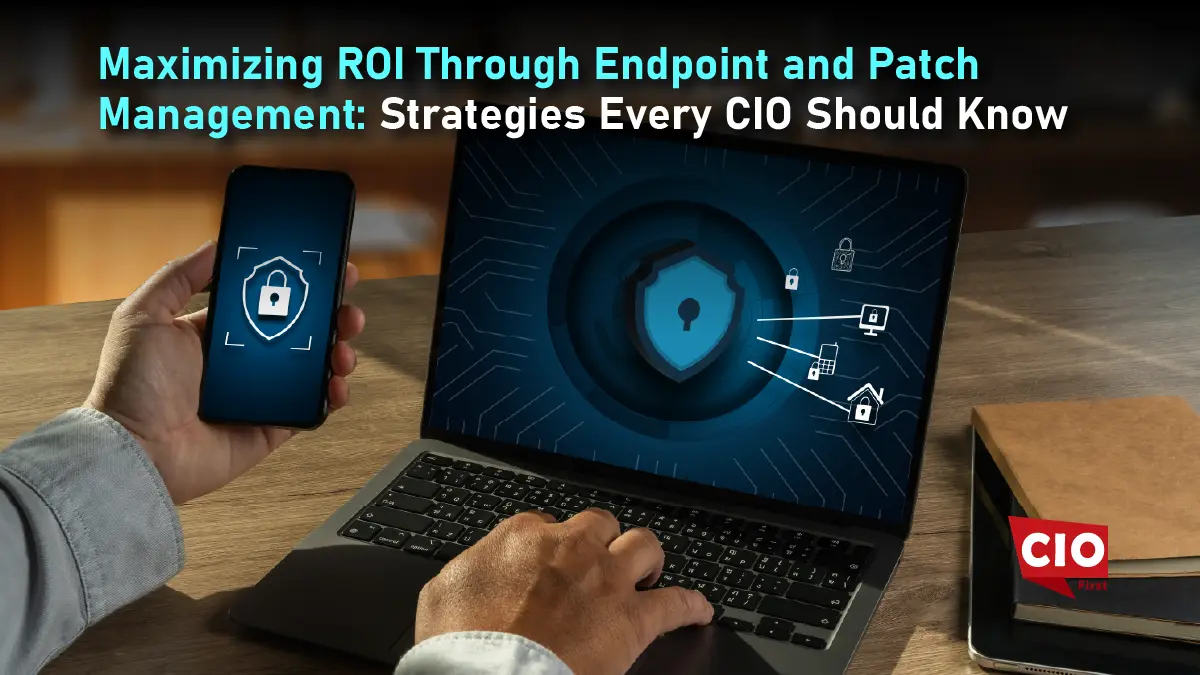Surfshark is launching a new, free online Data Leak Checker, offering users an easy way to monitor the safety of their personal information in recognition of Cybersecurity Awareness Month this October. Powered by Surfshark Alert, this tool allows users to check if their personal data has been compromised in a data leak by simply entering their email address. It is designed to ensure that the entered email is not used for any marketing purposes.
The new Data Leak Checker features comprehensive scanning capabilities, allowing users to enter their email addresses to examine multiple sources for potential database and malware-related leaks. This tool continuously monitors the web to proactively ensure the security of users’ personal information across various platforms and detects instances where their data might have been compromised.
Upon completion of the scan, users receive a report divided into two key areas: database breaches and malware attacks. The database breaches section identifies large breached domains and compromised databases that may have included the user’s information. Meanwhile, the malware attacks section highlights potential vulnerabilities of the user’s email address due to malware activities on their device.
Also Read: IriusRisk introduces an AI-powered tool which can generate threat models from images
The database breach report shows the largest breached domains and compromised databases that user information was part of. For security reasons, some data may be hidden. However, complete and detailed information about the leak will be visible in Surfshark Alert.
“Globally, approximately 18 billion user accounts have been leaked over the last 20 years, according to Surfshark’s Global Data Breach Statistics. As we launch the Data Leak Checker, we stress the importance of knowing exactly where and how your data may have been compromised. Understanding breach details can empower individuals to take informed actions to protect their personal information and prevent further damage. This tool is simple and accessible for everyone, regardless of their level of technical expertise,” said Kornelija Vanage, Alert Product Owner at Surfshark.
If users discover that their data has been leaked online, it’s crucial to act quickly to mitigate potential damage. First, they should change the passwords for all affected accounts, ensuring each new password is strong and unique. They might consider using a password manager to help generate and store passwords securely. Additionally, enabling two-factor authentication (2FA) on all accounts that offer it can add an extra layer of security.
Users should then monitor their accounts for suspicious activity, such as unauthorized transactions or login attempts, and report any anomalies to the respective service providers. It’s important for users to be vigilant about phishing attempts, as attackers may use leaked information to craft convincing scams. Investing in tools that monitor data safety is also advised.
SOURCE: GlobeNewsWire
























